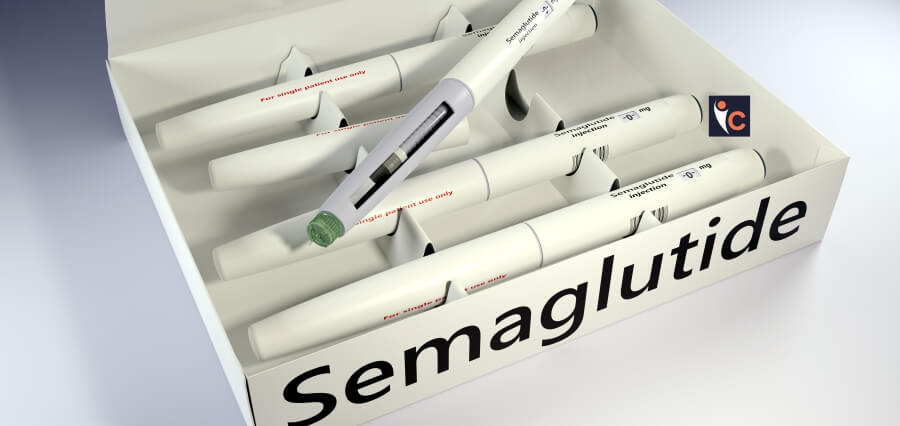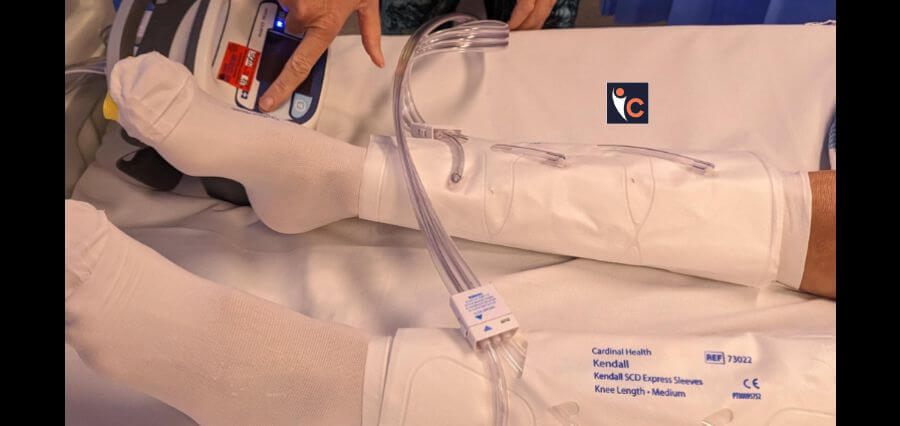Semaglutide is an injectable drug used to treat diabetes and lose weight. Poison control centers around the US report a sharp rise in calls about this drug, with some patients citing symptoms from unintentional overdoses.
A few even required hospitalization due to severe nausea, vomiting, and stomach pain; however, after receiving intravenous fluids and antiemetic drugs, their symptoms appear to have improved.
Nearly 3,000 calls regarding semaglutide were reported to the America’s Poison Centers from January through November, a 15-fold rise since 2019. This medication was the sole substance reported in 94% of calls.
Dosing errors were recorded in the majority of calls, according to the association’s clinical managing director, Dr. Kait Brown. “Oftentimes, it’s a person who maybe accidentally took a double dose or took the wrong dose,” Brown stated.
Doses for compounded versions could differ. The FDA approved semaglutide in 2017. When used for weight loss, it is marketed as Wegovy and when used for diabetes, as Ozempic. People may have nausea, vomiting, and constipation after taking medications, even when they follow a doctor’s instructions. This is especially the case when the patient first starts taking the medication.
It went into scarcity in the FDA database in March 2022 as a result of demand outstripping supply, which allowed certain approved pharmacies to produce compounded versions.
The patented medication and the compounded forms of semaglutide frequently differ. Semaglutide sodium and semaglutide acetate, two semaglutide salts, are present in many. The FDA claims that because the salt versions of the drug have not undergone the same testing and approval processes as the patented version, they are not eligible for the law’s compounding exception for medications that are in low supply. In other instances, unapproved dosages of the compounded versions are offered.
At least two internet vendors have received letters from the FDA advising them to cease. The pharmaceutical company Novo Nordisk filed a lawsuit to forbid the sale of counterfeit versions in six medical spas, clinics, and weight-loss centers. However, these compounded formulations are well-liked since they could be less expensive upfront, particularly in cases when insurance does not cover the treatment.
In June, the FDA issued a warning to the public not to take compounded forms of the drug if prescription forms were readily available. According to the government, reports of adverse events following the usage of compounded medicine versions had been received. According to Brown, poison control centers are unable to determine whether calls are related to compounded versions of patented pharmaceuticals or not, despite some state poison center directors believing that compounded versions are the cause of a significant number of calls.
Poison center calls are rising. The director of the New Mexico Poison and Drug Information Center, Dr. Joseph Lambson, described the experiences of three callers to the Utah Poison Control hotline, which reported a nearly fourfold increase in calls pertaining to semaglutide between 2021 and 2022. He discussed the situations in an article published in the American Pharmacy Association Journal.
Unintentionally, two of the callers had taken ten times the recommended dosage of the medication. “We were getting reports of people giving themselves doses we had never heard of before,” Lambson stated. We became interested in tracking the calls because of that.
The name-brand medications are supplied in pre-filled pens with a few safety features. In order to reduce the likelihood of errors, patients click to inject after dialing in the proper dosage. People typically begin with lesser doses and gradually increase to the therapeutic quantity to allow their bodies to acclimate.
On the other hand, compounded versions usually arrive in glass bottles with many doses, and patients fill syringes themselves. Confusion is simple to get by.
Here is where a lot of mistakes are seen. They ultimately draw too much, according to Lambson.
Read More: https://insightscare.com/















